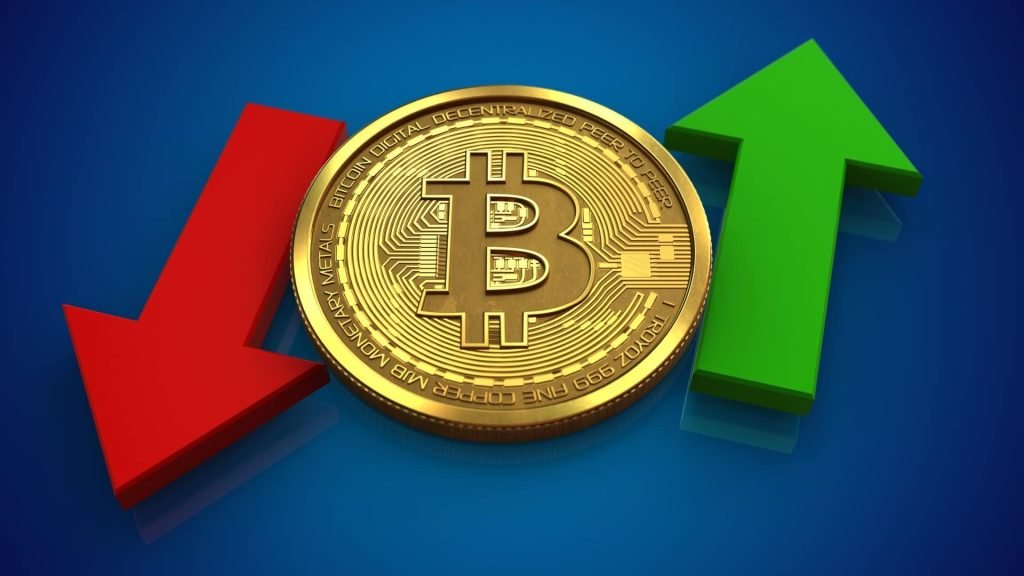
In the digital era, where Bitcoin has become synonymous with modern investment and financial freedom, Bitcoin ATMs stand as the physical portals to this virtual asset. These machines have democratized access to Bitcoin, allowing anyone to exchange fiat currency for digital coins. But as their numbers grow, so do concerns about their security. In this deep dive, we will navigate the security risks and uncover just how safe Bitcoin ATMs are for everyday users.
The Security Infrastructure of Bitcoin ATMs
At their core, Bitcoin ATMs are built with security in mind. They incorporate encryption, secure internet connections, and compliance protocols to protect users. Transactions are fortified with layers of digital armor, such as SSL encryption to shield data and AML/KYC policies to prevent financial crimes. But as with any technology, they are not impervious to risks.
Physical Security Measures
The physical security of Bitcoin ATMs often mirrors that of traditional ATMs. They are typically installed in well-lit, high-traffic areas and are equipped with cameras and alarms to deter tampering and theft. Some units are anchored to the building structure, making them difficult to remove or break into without attracting attention.
Digital Defenses Against Cyber Threats
On the digital front, Bitcoin ATMs defend against cyber threats through constant software updates, anti-malware tools, and transaction monitoring. Operators play a critical role in this aspect by ensuring that the machines and the software they run are always up to date with the latest security patches.
User Authentication: A Key Pillar
A significant component of a Bitcoin ATM’s security is user authentication. Users may be required to scan a government-issued ID, enter a PIN, or even undergo biometric verification. This multi-factor authentication acts as a solid barrier against unauthorized access and fraudulent transactions.
Operator Diligence: Maintaining Machine Integrity
The diligence of Bitcoin ATM operators is paramount in maintaining machine integrity. Reputable operators regularly perform physical inspections, software updates, and monitor for suspicious behavior. Users should be encouraged to use ATMs from known and trusted operators, which significantly reduces security risks.
Regulatory Compliance: An Added Layer of Security
Regulatory compliance adds an extra layer of security. By adhering to AML and KYC regulations, Bitcoin ATM operators help ensure that the machines are not used for money laundering or other illegal activities. These regulations also mean that users are partaking in a system that is overseen by financial authorities, which can offer peace of mind.
Privacy Concerns
Privacy concerns come into play when discussing the safety of Bitcoin ATMs. While users may not need to provide as much personal information as they would with an online exchange, the information they do provide needs to be protected. Good Bitcoin ATM operators ensure that user data is not stored longer than necessary and is protected against breaches.
Risks of Bitcoin ATMs
Despite these measures, risks remain. Phishing attempts, where users are tricked into revealing their private keys, and instances of skimming devices being attached to ATMs are real threats. Moreover, the pseudo-anonymity of Bitcoin transactions can make it difficult for users to recoup losses if they fall victim to a scam.
Educating Users: The First Line of Defense
Educating users is the first line of defense against security risks. Knowledge of best practices, such as verifying the authenticity of the ATM, safeguarding personal information, and conducting transactions discreetly, can significantly reduce the chances of security breaches.
The Evolution of Security in Bitcoin ATMs
The security of Bitcoin ATMs is not static; it evolves as new threats emerge and technology advances. Innovations in machine learning and AI are being used to better detect and prevent fraudulent transactions. The future may also see the integration of blockchain technology within the machines themselves, offering an additional layer of security through decentralized verification processes.
In Conclusion: Vigilance is Key
In conclusion, while Bitcoin ATMs offer a convenient way to access cryptocurrency, they are not without their security risks. However, with the right knowledge and practices, along with diligent operators and robust security measures, these risks can be navigated successfully. Users must remain vigilant, operators must stay committed to security, and as a community, we must continue to push for higher standards to ensure that Bitcoin ATMs are as safe as possible for every user.
Navigating the world of Bitcoin requires a clear understanding of the risks involved, especially when it comes to Bitcoin ATMs. The security of these machines is an ongoing endeavor, one that demands the cooperation of operators, regulators, and users alike. By understanding the current security measures in place and remaining informed about potential risks, users can confidently transact with Bitcoin ATMs, knowing they are taking part in a secure financial revolution.



